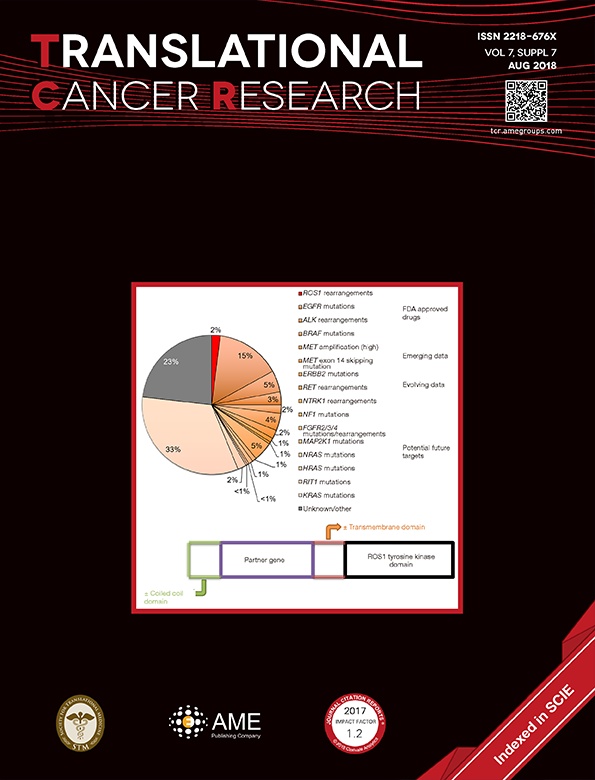Editorial
Circular RNAs: an emerging type of non-coding RNA and their potential implications in bladder cancer
Meet the Professor
Disclosure:
This supplement was published without any sponsorship or funding.

Disclosure:
This supplement was published without any sponsorship or funding.
